Blue Food Innovation Summit Day 2: Ecosystem services, startups and storytelling
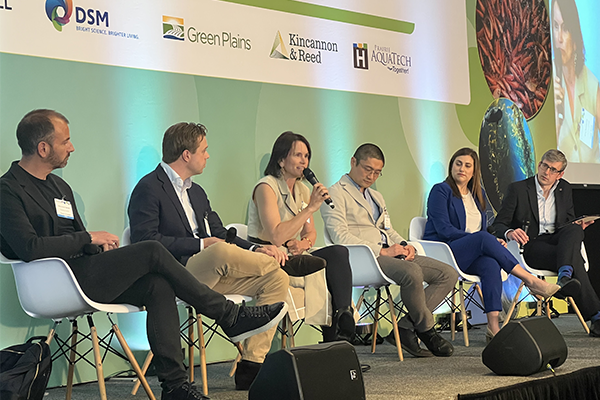
The growth of blue foods will depend on new technologies, tools and concepts, all of which need funding. During the second day of the Blue Food Innovation Summit in London on May 24, discussions revolved around the potential of restorative aquaculture but also the money to full take advantage of the ocean’s capabilities.
“It’s a new age in this space. What’s available to us now, and what was 20 years ago, in terms of tools and the capital to do the things we’re talking about, which is using the production side of aquaculture to benefit the environment – the opportunity is unprecedented,” said Nik Sachlikidis, managing director of Cadman Capital Aquaculture.
The outcomes that investors want are often multiple: In the case of Urchinomics, a company in Cadman’s portfolio, its kelp forest restoration efforts address a major environmental ill, while its ranched-and-fattened sea urchins make for an attractive and high-value seafood product.
“Our model is to leverage aquaculture technology to drive profits, help communities and restore kelp forests, one of the most important ecosystems we have on the planet,” said Urchinomics Founder and CEO Brian Tsuyoshi Takeda. Kelp forests once covered 25 to 30 percent of global coastal environments and “nearly half of them are already gone,” he added.
The environmental services of aquaculture – or any food production method, for that matter – go only as far as the economic benefits will carry them. “You can’t be sustainable unless you have a successful business. You have to have both,” commented Bill Bien, CEO of Forever Oceans, an offshore aquaculture company farming kanpachi off the coast of Panama, with some bold expansion plans. “It’s not just do no harm. It’s do better.”
Bien noted that Forever Oceans’ net pens, 10 to 16 kilometers (6 to 10 miles) offshore, produce less greenhouse gases than typical models and boasted that The Nature Conservancy audited the farm and confirmed that it is a low-carbon fish with minimal impact on the ocean floor. The company’s lease covers 200,000 hectares, yet produces fish in only 1 to 2 percent of that area.
The company essentially “stopped talking and started working” to reach its low-footprint status. It’s also reinvesting in mangrove restoration in Indonesia, where it expects to be operating in the future. “We have 15 years to fix this planet,” said Bien. “Food should be sustainable.”
“Everything we have comes from nature, full stop,” said Markus Müller, chief investment officer-ESG for Deutsche Bank, who noted that aquaculture will be a sounder investment once the “interconnectivity of these ecosystem services” is fully understood.
Blue Food Innovation Summit a deep dive into ‘an agenda full of opportunity’
Solutions and support
Artificial intelligence and machine learning technologies are making inroads into aquaculture production at nearly every level. Animal health and welfare is no different. Catarina Martins, chief technology and sustainability officer at Norwegian farmed salmon leader Mowi, said there is often a “mismatch” between technology development and policy.
“That’s a gap we need to close, as we see diagnostic tools becoming more complex, AI coming into play,” she said. Vaccine development in aquaculture could progress more quickly considering the advancements made during the Covid-19 pandemic. “Hopefully that will come into our industry. Solutions exist, they’re being refined. But we need the regulatory framework to follow the pace.”
Camilla Wilson, associate director of aquatic animal health ventures for MSD Animal Health, and Neil Davé, founder and managing director of Tidal, both saw AI driving aquaculture’s future.
“DNA, bacteriophages, new types of diagnostics, blood biomarkers, earlier identification of disease, monitoring stress levels. Those techniques, along with AI, are helping to bring forward the improvements we’ve seen over the past few years,” said Wilson.
Tidal is a company within Google X that is building platform for sustainable ocean use. It’s employing underwater, AI-empowered cameras to gather real-time data for producers.
“Getting [this technology] out to industry at scale will advance feeds and treatment opportunities,” added Davé.
Startup showcase
A number of new ocean-focused companies took to the stage to introduce their companies and field questions from a panel of experts.
- ACUA Ocean is developing the world’s first hydrogen-powered autonomous vessel for ocean monitoring and protection. COO and Founder Michael Tinmouth said that a lot of “dull, dirty and dangerous jobs” would be replaced.
- Aquanzo is pioneering farmed marine ingredients to produce a “superfood” for animal nutrition. “We are running out of marine ingredients,” said Co-founder and CEO’ Rémi Gratacap. “The solution is to transition marine ingredients from harvesting to farming,” he added, and the company will be focusing on the brine shrimp artemia. “It’s scalable, almost infinitely,” he said.
- Aquarech offers a mobile technology for Kenya’s catfish farmers that aims to bring farmers, traders and feed companies together. There are 49,000 small-scale fish farmers in the region, he said, but they are plagued by high fragmentation, too many middlemen, lack of access to feed and finance and other issues. Founder and CEO David Okech Okech said the app can help farmers cut their production cycle from 13–16 months to just 8–10 months.
- MariHealth Solutions is a South Africa-based aquatic health care company aiming to help producers become more proactive in their animal health management. The company, which will be relocating to Portugal and is a Hatch Blue accelerator alum, offers a molecular screening tool that can warn of problems before they arise.
- Next Tuna has ambitions to be Europe’s first inland aquaculture system for Atlantic bluefin tuna in a floating RAS (recirculating aquaculture system) facility in Malta. The company aims to begin construction next year, north of Valencia.
- Viable Gear is a Portland, Maine, company looking to reduce the impact of plastic pollution in the ocean by offering a seaweed-based bioplastic for lobster bait bags, among other potential uses. The company is still in the proof-of-concept phase, noted Founder and President Katie Weiler. Lobster harvesters are willing to try them and many would consider paying more for a non-plastic alternative. It’s a $55 million dollar industry in Maine and Maritime Canada alone, she said.
Further success
Aquaculture on land, mainly in RAS facilities, is nothing new these days but the proof-of-concept stage for the technology has been passed, noted Ohad Maiman, managing partner and founder of AquaFounders Capital and The Kingfish Company.
“It’s a uniquely exciting time in land-based aquaculture,” he said. “You can grow fish to market. Proof of concept was the most difficult [stage]. Next is the maturity of the sector. It needs to scale and become profitable. Solar and wind energy have crossed” this barrier, as have electric vehicles. If the technology works, Maiman said, then advanced solutions “like AI come into the sector and enable further success.”
Maiman also seemed eager to move on from “fighting the wars of the past” and see more unity within the seafood sector. “Net pens did not end up competing head-to-head with wild catch” as was the fear 20 years ago, he said.
“Patience is helpful in this sector. RAS has been helping [salmon smolt production] for 10 years. It’s not Day One. But red figures need to turn black and prove that it’s doable. There are macro forces demanding this solution,” he said.
Farming dynamics are important for the future, as are those for feed. Strengthening the basket of raw materials employed in aquafeeds will require more than innovations in soy production, processing and fermentation.
“Marine ingredients are incredible raw materials. But we need more and we need to protect the ocean ecosystem,” said Jorge Diaz, head of sustainability for feed company Skretting. “Soy has helped us. But to support the growth of aquaculture we need 40 million [more] tons of feed by 2040 than we have today.”
Diaz added that aquaculture gets heavily criticized for its use of soy, considering deforestation in Brazil, but he noted that the aquafeed sector buys only 6 percent of the total supply, while poultry consumes 37 percent and beef 20 percent.
Fish diets are not yet a significant concern for consumers, said Katie Keay, fisheries and aquaculture manager for retailer Co-op. “They care about climate change in particular,” said Keay. “They’re expecting retailers to do the work and make responsible choices.”
Communicating all the advancements in blue food production is going to take the efforts of multiple storytellers, considering the varying concerns of consumers from region to region. Jennifer Bushman, a veteran seafood marketer who is also the chief marketing officer for Norwegian salmon company Kvarøy Arctic, said “consumers want to be contributors,” but the secret is finding out what is important to them.
“Yes, you have a story to tell, we all have important stories, but you have to listen to ultimately know what story will resonate and continue to have the privilege” of operating in their waters, said Bushman. “For some audiences, it’s about the plate. For some it’s about the farmer or the tech.”
Follow the Advocate on Twitter @GSA_Advocate
Now that you've reached the end of the article ...
… please consider supporting GSA’s mission to advance responsible seafood practices through education, advocacy and third-party assurances. The Advocate aims to document the evolution of responsible seafood practices and share the expansive knowledge of our vast network of contributors.
By becoming a Global Seafood Alliance member, you’re ensuring that all of the pre-competitive work we do through member benefits, resources and events can continue. Individual membership costs just $50 a year.
Not a GSA member? Join us.
Author
-
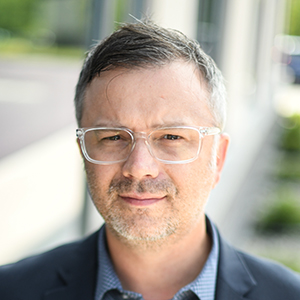
James Wright
Editorial Manager
Global Seafood Alliance
Portsmouth, NH, USA[103,114,111,46,100,111,111,102,97,101,115,108,97,98,111,108,103,64,116,104,103,105,114,119,46,115,101,109,97,106]
Related Posts
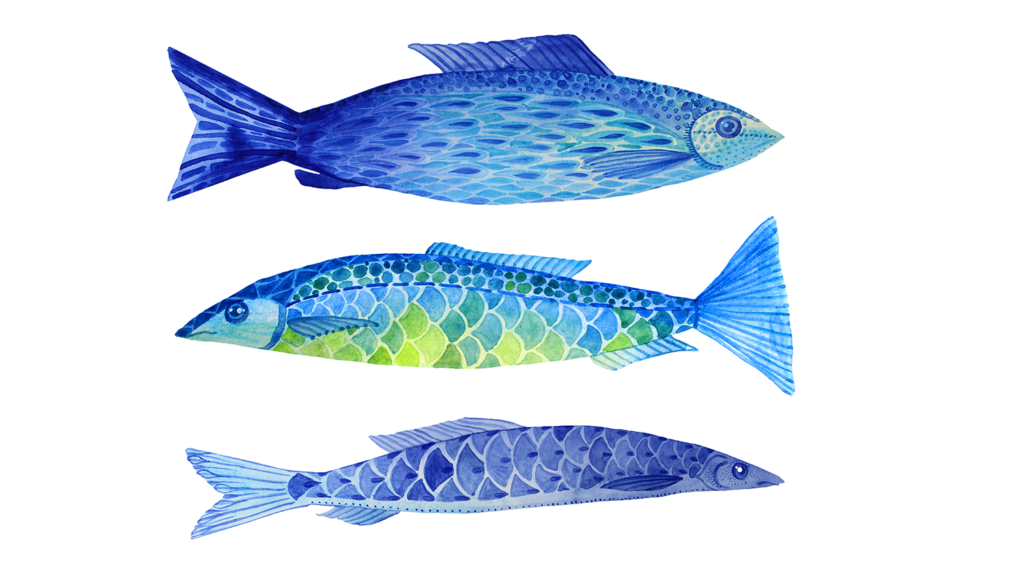
Responsibility
A wider view: It’s blue food’s time
There is urgency to conversations about the role of blue food in mitigating climate change, increasing momentum toward some specific goals.
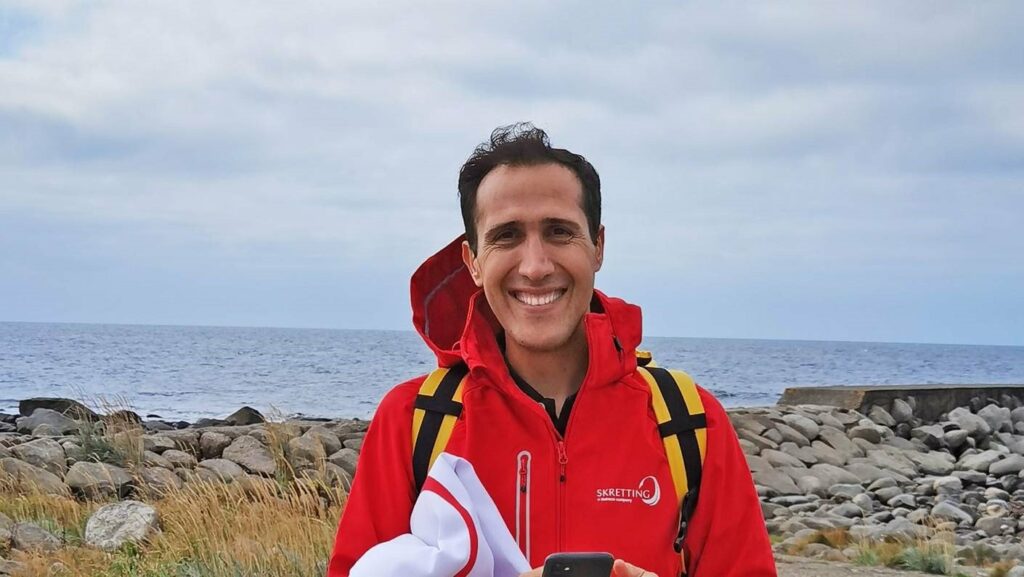
Responsibility
‘Do more and do better’ – Sustainability manager discusses Skretting’s ambitious agenda
Aquafeed giant Skretting recently appointed Jorge Diaz as its sustainability manager to advance its ambitious sustainability agenda.
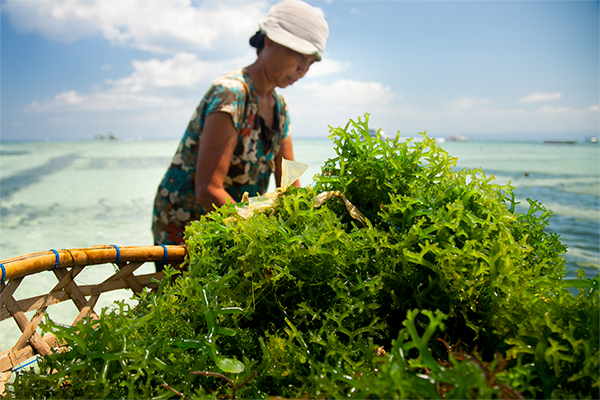
Intelligence
A seat at the table: Fed By Blue team says aquaculture needs a stronger voice
In Fed By Blue, star power and a women-led production team aim to prop up farmed seafood with a focus on the message: Blue foods are the future.
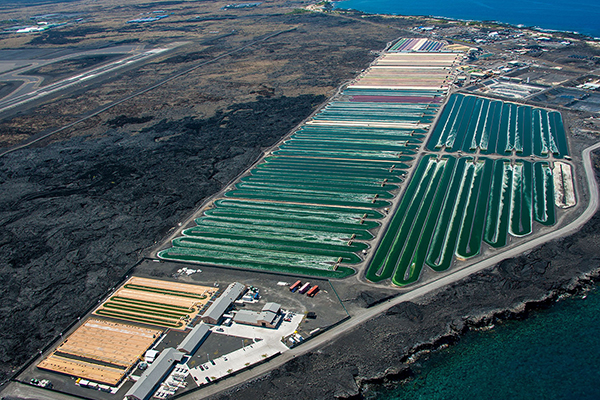
Responsibility
A circular economy approach to transform the future of marine aquaculture
Marine microalgae-based aquaculture has the potential to provide greater than 100 percent of global protein demand by 2050.


